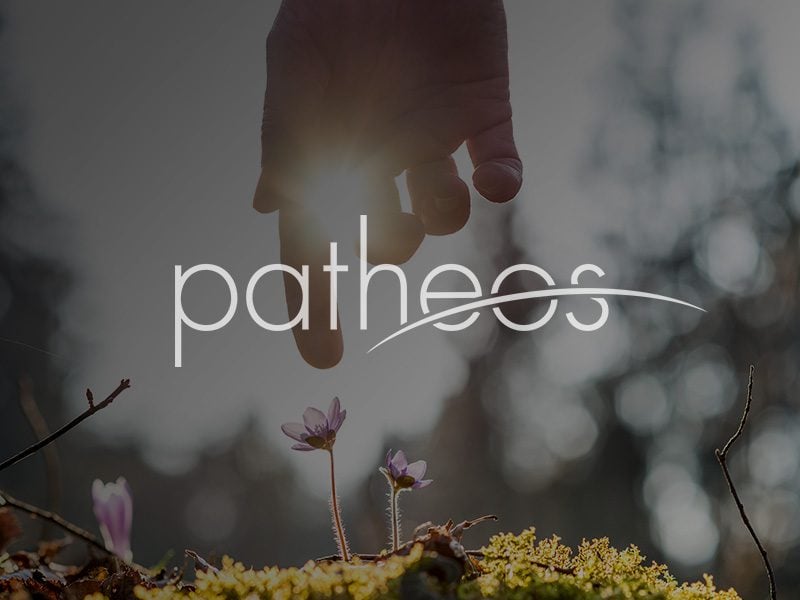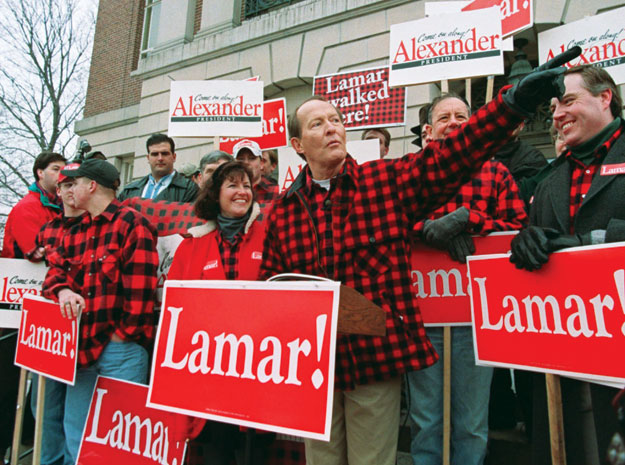Several years ago, during a tour to promote The Media Project book called “Blind Spot: When Journalists Don’t Get Religion,” I took part in an excellent forum about religion and the news at a media institute in Bangalore, India. Here’s how I described that scene in a 2010 post that ran with the headline, “Life and death (and faith) in India.”
… I was struck by one consistent response from the audience, which I would estimate was about 50 percent Hindu, 25 percent Muslim and 25 percent Christian. When asked what was the greatest obstacle to accurate, mainstream coverage of events and trends in religion, the response of one young Muslim male was blunt. When our media cover religion news, he said, more people end up dead. Other students repeated this theme during our meetings.
In other words, when journalists cover religion stories, this only makes the conflicts worse. It is better to either ignore them or to downplay them, masking the nature of the conflicts behind phrases such as “community conflicts” or saying that the events are cased by disputes about “culture” or “Indian values.”
I thought about that scene again while reading yet another Washington Post report about India’s ongoing protests linked to rape and, to be specific, the lukewarm efforts by the nation’s powers that be to deal with the crisis.
What does this have to do with religion?
A year ago, during a conference on religion and the news in Kiev, I showed friends of mine who work in the mainstream press in India several examples of American coverage of the infamous incident in which a young woman died after being gang raped on a bus. They were all struck by the fact that the stories consistently avoided issues of race, religion and, of course, caste.
The bottom line: For better and for worst, India is one of the most intensely religious cultures on earth and there are few moral and cultural issues in modern India that do not involve religion in one way or another.
Is it easy to describe the role that religion plays? More often than not, the answer is “no.” Culture and religion and race and caste are all tumbled together in daily life in India.
Thus, I would like to stress that this latest rape crisis story in the Post is better than most in that it at least mentions two of the major religious themes linked to this issue — even if it doesn’t specifically explain or even mention the religious specifics. For example, there is this:
In the past 20 years, Hyderabad has grown from a sleepy town to a thriving hub that built landscaped business parks to attract information technology companies such as IBM and Facebook. … (S)exual misconduct has worsened from “Eve-teasing” — the term used in India for sexual taunting — to rape and, in the past five years or so, gang rapes.
And India, which has long favored its sons, has an increasing gender gap because of the widespread but illegal practice of aborting female fetuses. Like other developing countries, India has a young population struggling to find decent work.
Is the trend of gender-selection abortion linked to matters of sexism, economics and class? Of course.
In India, however, are those factors often linked to religion? Of course.
Then, later in the story there is this crucial, and very complex, passage:
In rural areas, lower-caste women are often raped by members of the dominant caste. And in recent months, victims have accused high-profile men — from a former judge to the editor of a well-known magazine — of sexual misconduct. …
The accused in the attack on the software engineer in Hyderabad, Vedicharla Satish, 30, and Nemmadi Venkateswarlu, 28, were born in villages to lower-caste families, had little education and had come to the city looking for better lives, authorities said. The two became friends in PJR Colony, a working-class complex of dusty pink concrete that had once been a slum. …
The case, which roiled the region’s IT community, has striking similarities to the fatal Dec. 16 attack in Delhi last year. Both victims were educated women aspiring to be part of India’s middle class and were raped by men who, posing as public transportation drivers, were looking for prey.
Is there more to this powerful caste system today than religion? Of course.
But is it possible to talk about the role that the caste system plays in India (click here to surf some background materials) without discussing the role that religion plays in the very structure of this culture, among Hindus, of course, but even believers in other faiths? Probably not.
Again let me note that this Post story is better than the norm, since it mentions some of the cultural/religious issues looming in the background in these debates about rape. But could the story have used a few lines of explanation to clarify these two painful issues? The journalists I know from India would say, “Of course.” Journalists can write about these issues here in America without causing riots, even if it is all but impossible to print the same information in India.











